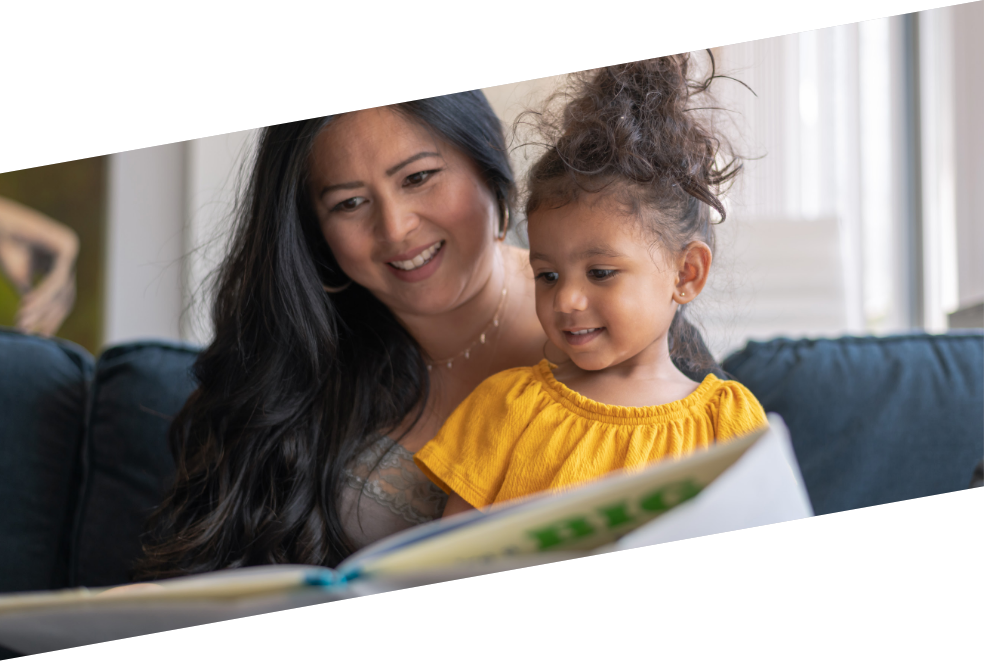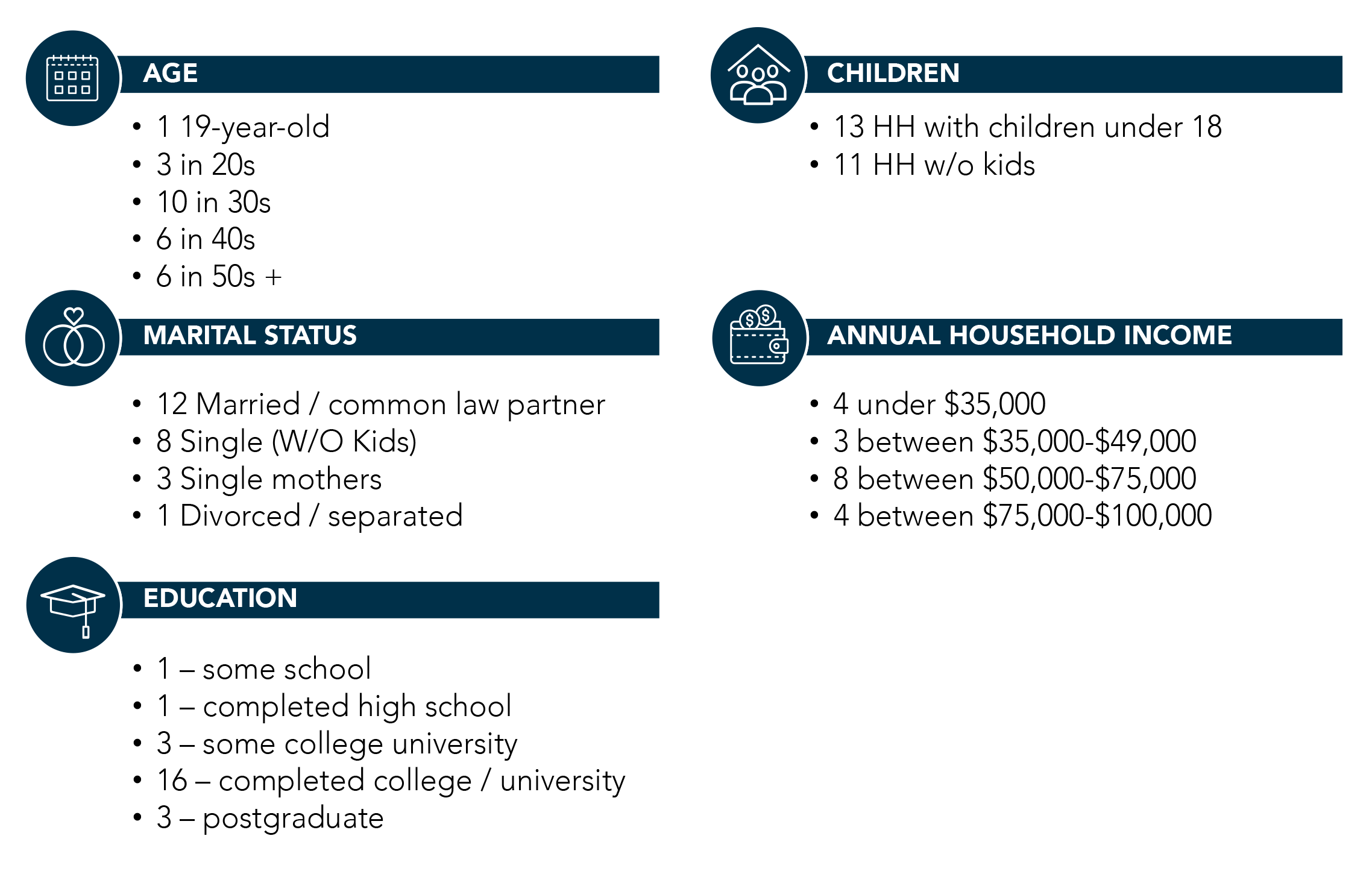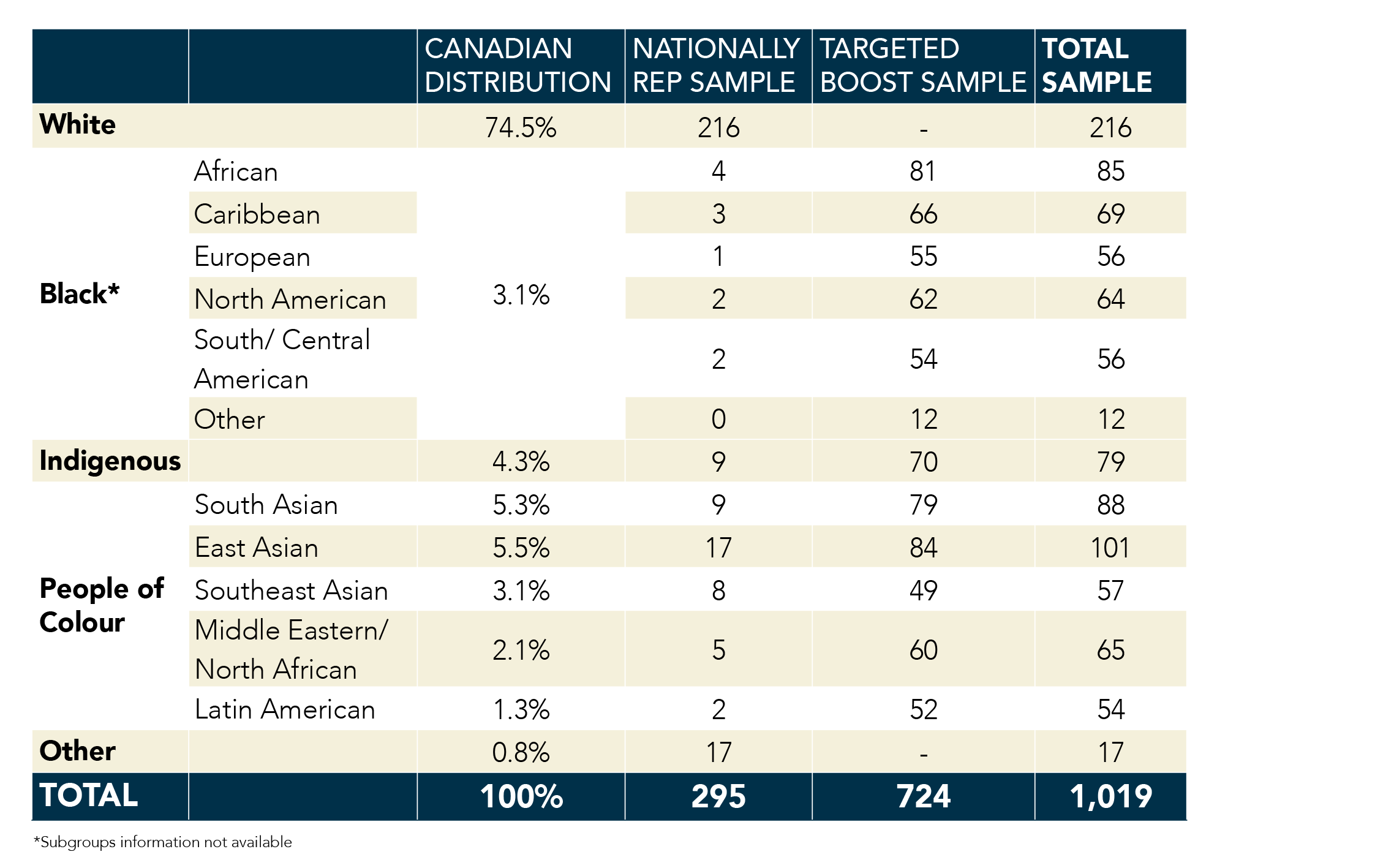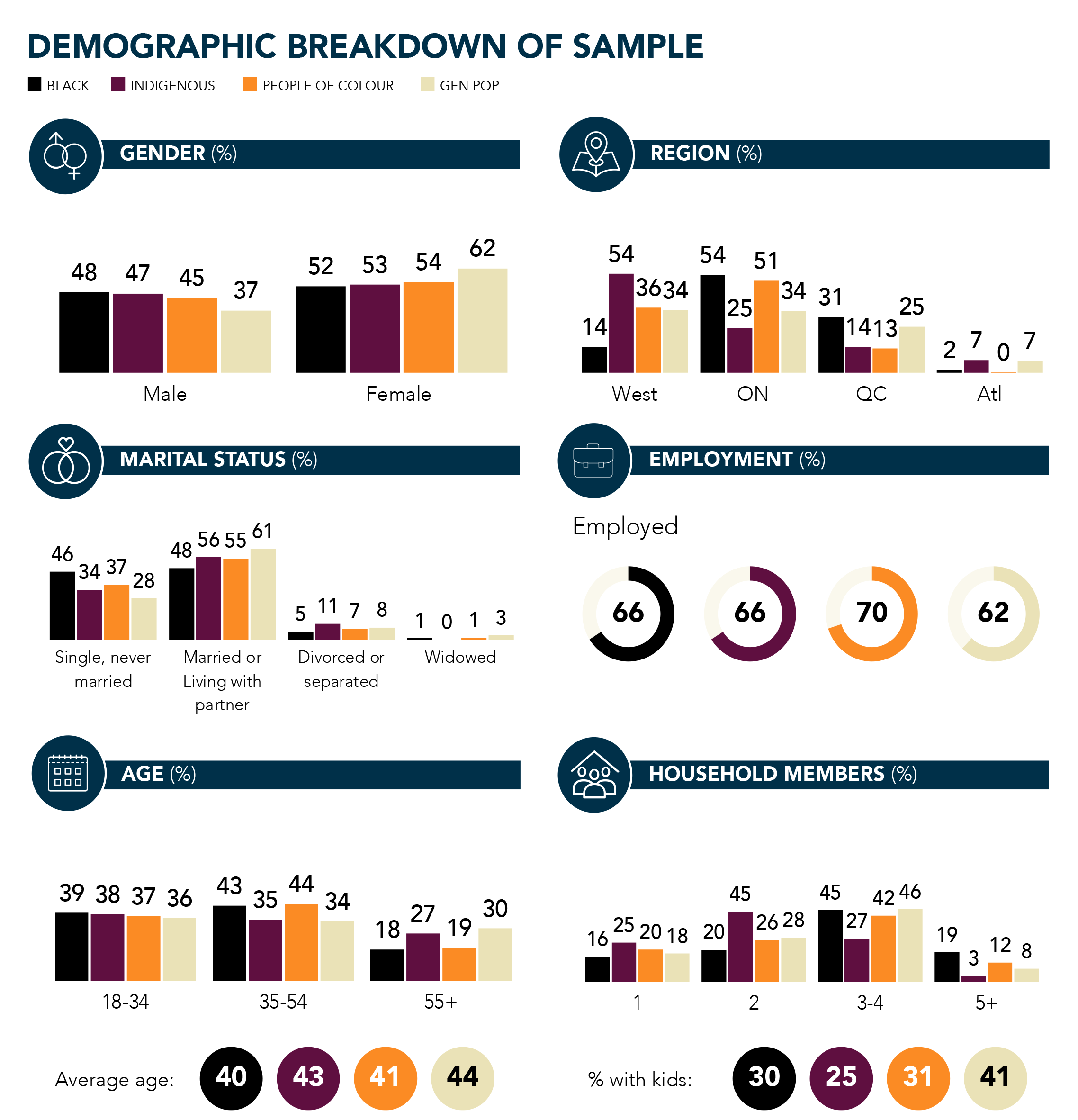
METHODOLOGY
BSO would like to extend our gratitude to the following people for their support and collaboration at every stage of this study.
Stakeholder Advisory Group
Tina Apostolopoulos, BellMedia
Stephanie Gosine, Corus Entertainment
Mathieu Perreault, Telefilm
Isabelle Sire, Telefilm
Rameeza Ahmed, CBC-Radio Canada
Angie Balata, Inspirit Foundation
Michael Kehoe, IPG Mediabrands
BSO Community and Industry Advisory Group
Floyd Kane, Producer, BSO Board Member – Chair, BSO Research Committee
Quanita Ahmed, Data Product Manager, Sharethrough
Jay Horowitz, VanguardArtists
Margaret Lewis, RBC Account Manager
P.J. Marcellino, Anatomy of Restlessness Film
Isabelle Ruiz, Program Manager, Indigenous Screen Office
Hayden Wazell, Game Designer, BSO Board Member
Kai Little White, Children’s Programming Associate Producer, CBC
Leena Minifie, Impact and Film Marketing Strategist, Stories First
Research Approach
The research began with a review of the current sector landscape, including existing audience research. This context was followed by two complementary phases: (1) An Online Audience Survey, and (2) Qualitative Audience engagement using Ipsos EyeJournal – an auto-ethnography methodology.
These activities were informed by the following principles:
-
- The research design (how) and areas of focus (what) are determined using input and direction from industry stakeholders, funders, and the BSO Advisory Groups, as well as from experienced researchers.
-
- The collection and interpretation of data, and the sharing of findings, are conducted in a way that provides individuals with the opportunity to tell their own stories, in their own words.
-
- The participant sample is as representative as possible at this stage, given the absence of consistent demographic information about the sector.
Digital Ethnography (‘EyeJournal’)
This study included a qualitative investigation, in the form of digital ethnography1, into the perceptions, experiences, and expectations of Black, Indigenous and People of Colour audiences. IPSOS’ proprietary EyeJournal is an online platform that invites participants to capture and reflect on their own viewing habits over the course of three days.
This method goes beyond traditional viewing diaries by permitting researchers to interact with participants in response to what they capture in ‘real time’. In this way, the EyeJournal experience is a combination of auto-ethnography (where participants record and reflect on their own behaviours); questions provided in text form (participants may respond using text or video) and online interaction with moderators.
24 Black, Indigenous and People of Colour participants from across Canada were engaged in this phase of the research2.
Online Audience Survey
The study employed established social research survey methods to engage adult (18+ years old) audiences across Canada who watch screen media content at least twice per week for at least one hour per day.
The survey contributed foundational data to build a profile of Black, Indigenous and People of Colour audiences for the first time, by collecting:
-
- demographic information;
-
- media consumption habits an drivers of/motivations for media consumption; and, types of content consumed.
1 Ethnography is the study of people in a real-world environment. Digital ethnography is the transition of this practice into an online environment that allows researchers and participants to interact virtually. This permits participants to remain in their natural viewing environments, while bringing the researchers ‘to them’ through the internet.
2 See Appendix for full distribution of EyeJournal participant demographics.
Additionally, the survey examined overall satisfaction with current screen media content among Black, Indigenous and People of Colour audiences. A deeper exploration of satisfaction with the representation of race, ethnicity and cultural backgrounds in current content and content creation overall—and specifically in Canadian content—was then pursued, including:
-
- where diversity and representation are effectively addressed in current content and content creation;
-
- where the most pressing gaps currently exist, both in quality and quantity of authentic and representative content; and,
-
- which storylines and narratives they would like to see more of.
-
- A representative sample of 1,019 respondents participated in the survey.
Adaptations and Limitations
Screen media audience research has been driven by data from white, cis, middle-class participants. Black, Indigenous and People of Colour audiences are underrepresented in, and excluded by, many of the traditional methods and sampling strategies used in audience research (e.g., using survey panels).
As this is the first Canadian study to centre the perspectives, experiences, and expectations of Black, Indigenous and People of Colour audiences, the recruitment of study participants required over-indexing on participants from these communities in order to overcome the biases embedded in traditional audience research methods. As the study focuses on Black, Indigenous and People of Colour audiences, this over-indexing aids in the disaggregation of data while preserving participant confidentiality. It is not, however, expected to have influenced the direction or quality of participants’ responses (i.e., this sampling strategy did not change how Black, Indigenous and People of Colour audiences feel; it helped make those perspectives visible).
This study invited participation from 813 French and English Canadian screen media consumers (including Francophones living outside Quebec and Anglophones living in Quebec) who identify as Black, Indigenous and People of Colour4. A total of 789 Black, Indigenous and People of Colour participants responded to the online quantitative survey, and 24 participated in the EyeJournal.
DIGITAL ETHNOGRAPHY SURVEY – EYEJOURNAL
We engaged a total of 24 participants across Canada for the digital ethnography phase as outlined in the table below. (We were aiming for 22 completes and over-recruited to achieve this. However, we had high engagement in the topic and commitment to complete the tasks*.) Fieldwork was conducted from September 16-18, 2021.

A recruitment screening questionnaire was developed with the following specifications:
-
- Mix of genders, age and income
-
- Inclusion of households with kids/no kids
-
- Media consumption (frequency, quantity, platforms used, etc.)
-
- Variety of types of programs consumed
-
- Ensure comfort with online platforms, uploading photos, videos, etc.
-
- Consent to use their videos/images for presentation purposes
A professional marketing research recruiting company reached out to potential participants on its database. These individuals were taken through the screener to determine whether they qualified and were interested in participating. If these criteria were met, they were invited to participate in the study.

4 An additional 216 participants who do not identify as Black, Indigenous or People of Colour also participated in the survey. Together, all participants (1,019) comprise the ‘general population’.
ONLINE QUANTITATIVE SURVEY
For the Online Quantitative Survey, 1,019 respondents were recruited from email invites, social media and media platforms, and through face-to-face interactions. Quotas based on 2016 Canadian Census of the Population results were put in place to ensure maximum
representativeness of consumers.
Sample was composed of two main groups:
-
- Nationally representative sample: Representative of the national audience to provide a benchmark and help us better understand how different/similar BSO’s audiences of interest are.
-
- Targeted boost sample for respondents from specific races, ethnic and cultural backgrounds to ensure sufficient base size for analysis among each group.
All sample groups were open to respondents of any gender identity, sexual orientation, race, colour, national origin, age, disability, or religion.

